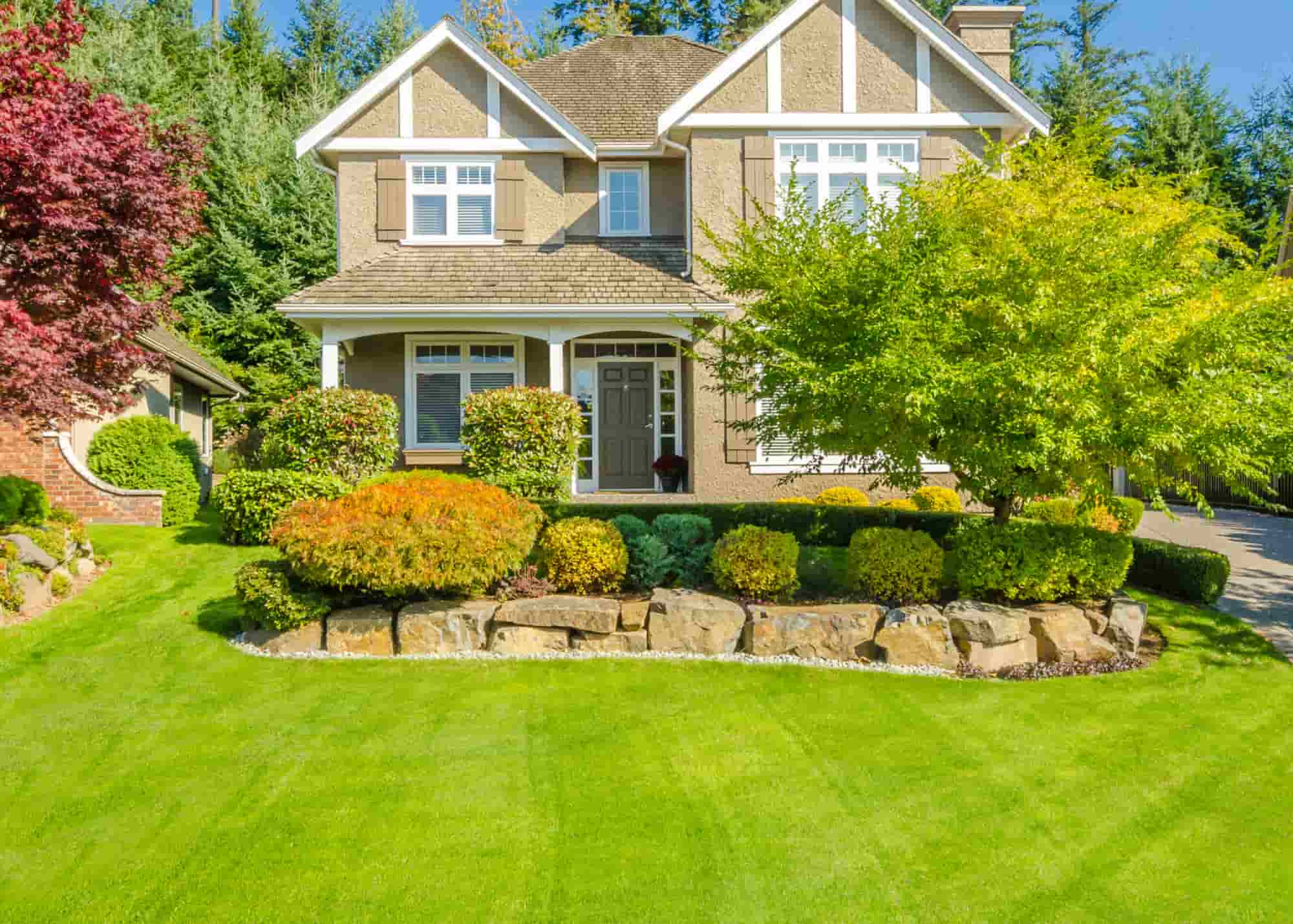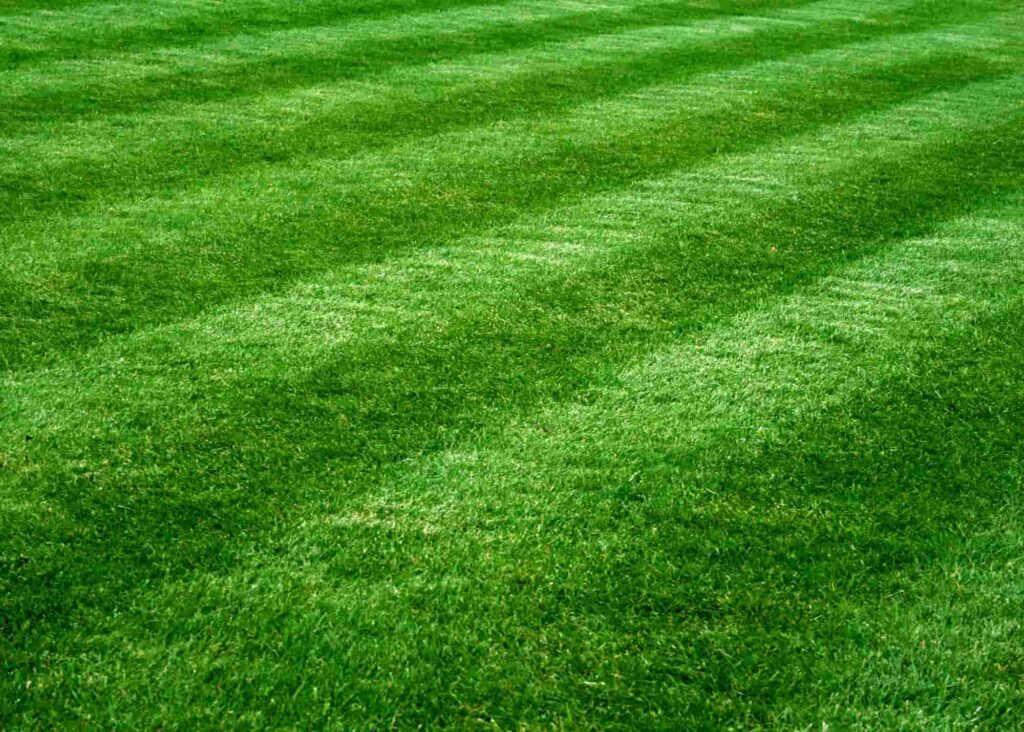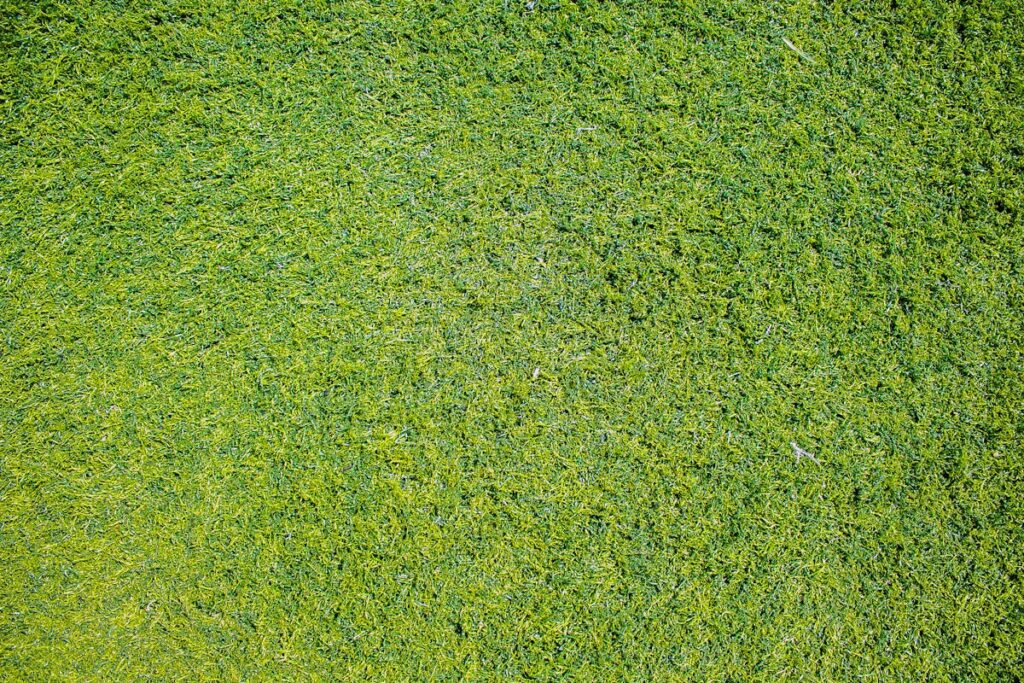When it comes to outdoor spaces, many people use the terms lawn and landscape interchangeably. While they are related, they represent two distinct aspects of property design and maintenance. Understanding the difference is essential for homeowners, property managers, and anyone looking to enhance curb appeal or invest in sustainable outdoor design.
Defining the Terms
A lawn typically refers to a dedicated area of grass, regularly mowed and maintained for aesthetic appeal, recreation, or functional purposes. The emphasis is on turf health—keeping the grass lush, uniform, and free of weeds.
By contrast, landscaping encompasses the entire outdoor environment of a property, blending both natural and man-made elements into a cohesive whole. This broader scope integrates lawns with plants, trees, hardscapes such as patios and walkways, water features, lighting, and other design components to create an attractive, functional space.
Key Differences Between Lawn and Landscape
| Aspect | Lawn | Landscape |
| Definition | A managed area of grass, mowed short for uniformity and usability. | The overall design and modification of outdoor spaces, combining plants, hardscapes, and terrain changes. |
| Focus | Grass vitality, mowing, fertilizing, weed control. | Aesthetic design, functionality, and integration of multiple outdoor features. |
| Services Involved | Lawn care: seeding, sod installation, aeration, pest and weed control. | Landscaping: tree/shrub planting, hardscape installation, soil grading, irrigation, pruning. |
| Timeline | Ongoing maintenance, often weekly. | Project-based with seasonal or periodic upkeep. |
| Benefits | Soft, green surface for play; air quality improvement through turf. | Boosts property value, biodiversity, and energy efficiency. |
| Environmental Impact | Can require significant water and chemical use if not managed sustainably. | Supports erosion control, habitat creation, and sustainable design with native plants. |
Why This Distinction Matters
Misunderstanding the difference can easily result in hiring a service that does not meet your specific needs. Lawn care providers specialize in the ongoing health and maintenance of turf—tasks like mowing, fertilizing, aerating, and weed control—while landscaping companies manage broader, often project-based work such as designing, installing, and integrating plantings, hardscapes, and other outdoor features. Being clear on the scope of each service not only helps you set realistic expectations but also ensures your investment of time and money produces the results you envision.
Expanded Facts About Lawns
- Historical Roots: Lawns originated in 17th- and 18th-century Europe as a symbol of wealth, often maintained by laborers or grazing animals.
- Mass Accessibility: The invention of the push mower in 1870 made lawns accessible to average households.
- Cultural Significance: In post-WWII America, lawns became synonymous with the suburban ideal.
- Environmental Role: An acre of grass can produce enough oxygen for 64 people daily while trapping dust and pollutants.
- Water and Maintenance: Grass clippings are 90% water and naturally fertilize lawns when left after mowing.
- Drawbacks: US lawns consume roughly 9 billion gallons of water per day.
- Biodiversity Impact: Traditional lawns can displace native habitats, but using clover or native grasses supports pollinators.
- Economic Impact: Healthy lawns can increase property resale value by 5–10%.
- Cooling Effect: Lawns can cool surrounding areas by 20–30°F compared to asphalt.
Expanded Facts About Landscaping
- Value Boost: Professionally designed landscapes can raise property value by up to 14%.
- Energy Savings: Strategic plant placement reduces cooling costs by 25% and heating costs by up to 10%.
- Health Perks: Green spaces reduce stress, promote exercise, and improve mental health.
- Environmental Gains: Native plants reduce chemical needs and provide habitat for wildlife.
- Noise Reduction: Dense landscaping can reduce noise pollution by up to 50%.
- Water Management: Landscaping with rain gardens and permeable surfaces improves stormwater management.
- Industry Scope: The US landscaping industry generates billions annually, with 65% of work in residential projects.
- Design Versatility: Incorporates horticulture, architecture, and engineering for aesthetic and functional results.
- Climate Adaptation: Sustainable landscapes mitigate urban heat islands and improve resilience to extreme weather.
Proper Landscaping And Lawn Care
Conclusion
A lawn is a single, grass-focused component within the broader concept of a landscape. While a healthy lawn contributes to beauty and function, landscaping unites multiple elements to create a complete outdoor experience. Understanding the difference ensures you choose the right services, whether you want a pristine lawn, a fully designed landscape, or an integrated, sustainable blend of both.







